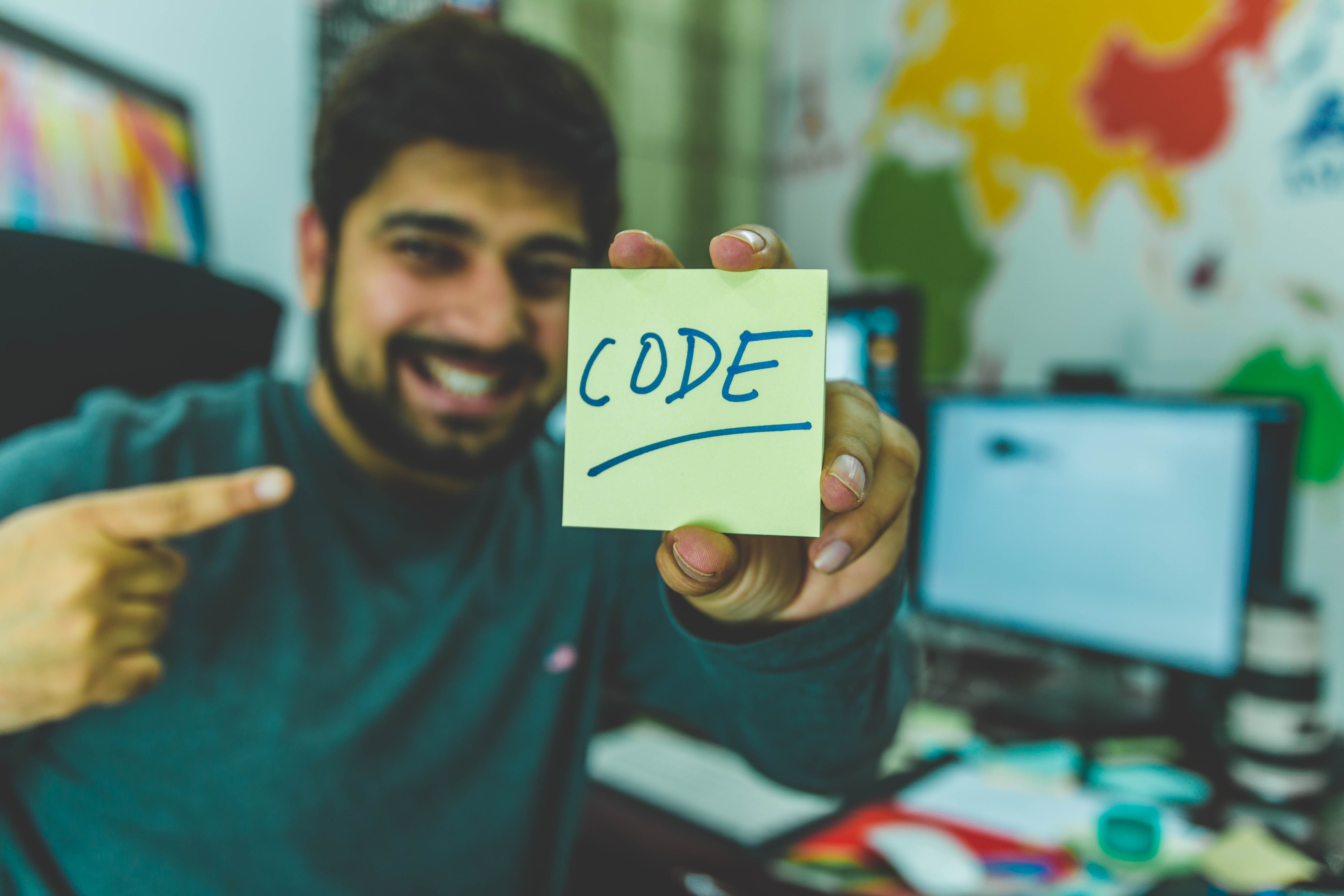Influencer marketing. We’ve seen the rise in budgets, testimonials, use cases, and publishers talking about it every week. It’s a hot topic, but the very thing they are describing is a bit confusing. Every time we hear people speak about influencer marking it’s like they are talking about 3, 4, or 5 disparate and loosely connected ideas. The assumption is that influencer marketing encompasses parts of affiliate marketing, experiential marketing, brand awareness, content marketing, promotional marketing, or some other type. The thing is, it’s all different and that’s why it’s a broken definition.
Lots of people tell us that scale is the main issue preventing “influencer marketing” from becoming a breakout form of advertising. The problem here is that there are a lot of people that are trying to compare influencer marketing to programmatic advertising. If we look at the history of ad tech we can learn a thing or two. We’ve learned a lot over the past year and a half and you start to notice some trends. Every new type of programmatic advertising goes through a similar cycle:
- Direct Relationships with buyers (marketers, agencies, etc) and publishers
- Networks jumping in to consolidate buy and sell-side relationships
- Exchanges jumping in to consolidate networks
- DSP’s / SSP’s jumping in to consolidate exchanges
The move to exchanges happened around 2006–10 with display advertising and around 2011–13 with mobile. It kicked off around 2014 with video, and “native” advertising started around 2016. It keeps happening over and over because there’s always a new cast of characters participating in each new type. One of the major drivers of this evolution is participants on both sides of the supply/demand equation agreeing on a standard set of metrics that will inform transactions as more and more participants get involved.
Sophisticated exchanges generally get involved around step 3. They’ll build a marketplace for native ads, but in general, the industry at large is still around step 2. Because native is so publisher-specific, it’s difficult to drive standardization/adoption metrics to create scalable marketplaces that are profitable for exchanges to participate in.
How does this play into influencer marketing? Let’s walk through each point and see why it does/ doesn’t.
If we apply this framework to today’s influencer marketing ecosystem we think we’re stuck at step 2. Step 1 is easy, it’s happening today, buyers (marketers and agencies) are going directly to publishers (influencers) and developing relationships with them to promote their products/ services. Step 2 is the evolution of the agency itself. We’re seeing more agencies offering specific services like celebrity influencer marketing, lifestyle influencer marketing, dog influencer marketing, and many others. These brokers are building relationships with a defined subgroup of influencers and promoting their services to brands and other agencies as collectives. It’s probably one of the main contributors to the growth of agencies since 2012. IBISWorld Industry Report on Agencies in the US predicts that new establishments (agencies) will continue to increase to around ~76,000 establishments by 2021.
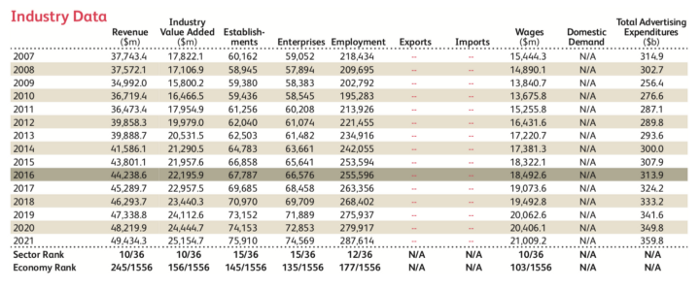
IBISWorld Industry Report 54181, Advertising Agencies in the US
Just to be clear, we’re not saying that the growth in new agencies is a direct causation of influencer marketing, it’s just another signal to consider when trying to understand how this industry is scaling. One thing is clear, however, is agencies are becoming more niche and focused.
Step 3 and 4 seem almost impossible to think about given where we are with influencer marketing and trying to understand how it fits might be impossible or at least too speculative. In order to scale past step 2, we need to agree on metrics that advertisers are ok with. The simple fact is that we’re pretty far from this so maybe trying to build a programmatic experience around influencer marketing isn’t the right way to think about it.
Influencer marketing marketplaces have attempted to solve the immense buy and sell-side relationship in this content ecosystem. The main issue with this is advertisers are really smart. They want to pre-vet influencer audiences and agree on preferred rates before doing a deal. Marketplaces are also super tough to scale because even if you had perfect supply and demand with direct audience overlap you have to send product or tickets or whatever you’re selling directly to your new ambassador. I really like content marketplaces and I think they are going to get a lot more sophisticated in the coming years. Influencer marketing, however, is tough to solve if you’re looking at distribution and content creation simultaneously. Think about it, it’s tough to do. You have to vet someone’s audience, setup codes (or whatever), go through tons of content review, and send them product before they even post.
So where does this leave us? Influencers are people. People (or maybe a persona) with a brand and audience. What makes them attractive to advertisers is their ability to speak to a very defined group of fans. The way the ecosystem is maturing looks a lot like the internet in the early days…
Alongside a lot of competitors, a company called Google set out to connect the disconnected with PageRank. The internet is full of publishers talking about broad things, specific things… anything. PageRank defined the modern consumer internet and has become the backbone of modern publishing. It’s the same thing that’s happening today. Publishers on the social internet are disconnected from a single discoverable source. Therefore,
Influencer marketing isn’t about the future of marketing, it’s about the future of publishing.
Taking a step back from the Google analogy we’ve seen the evolution of publishing in well-known companies like BuzzFeed. BuzzFeed was one of the first to embrace the distributed ecosystem of tech platforms by building content-specific channels and fueling the mothership by boosting posts.
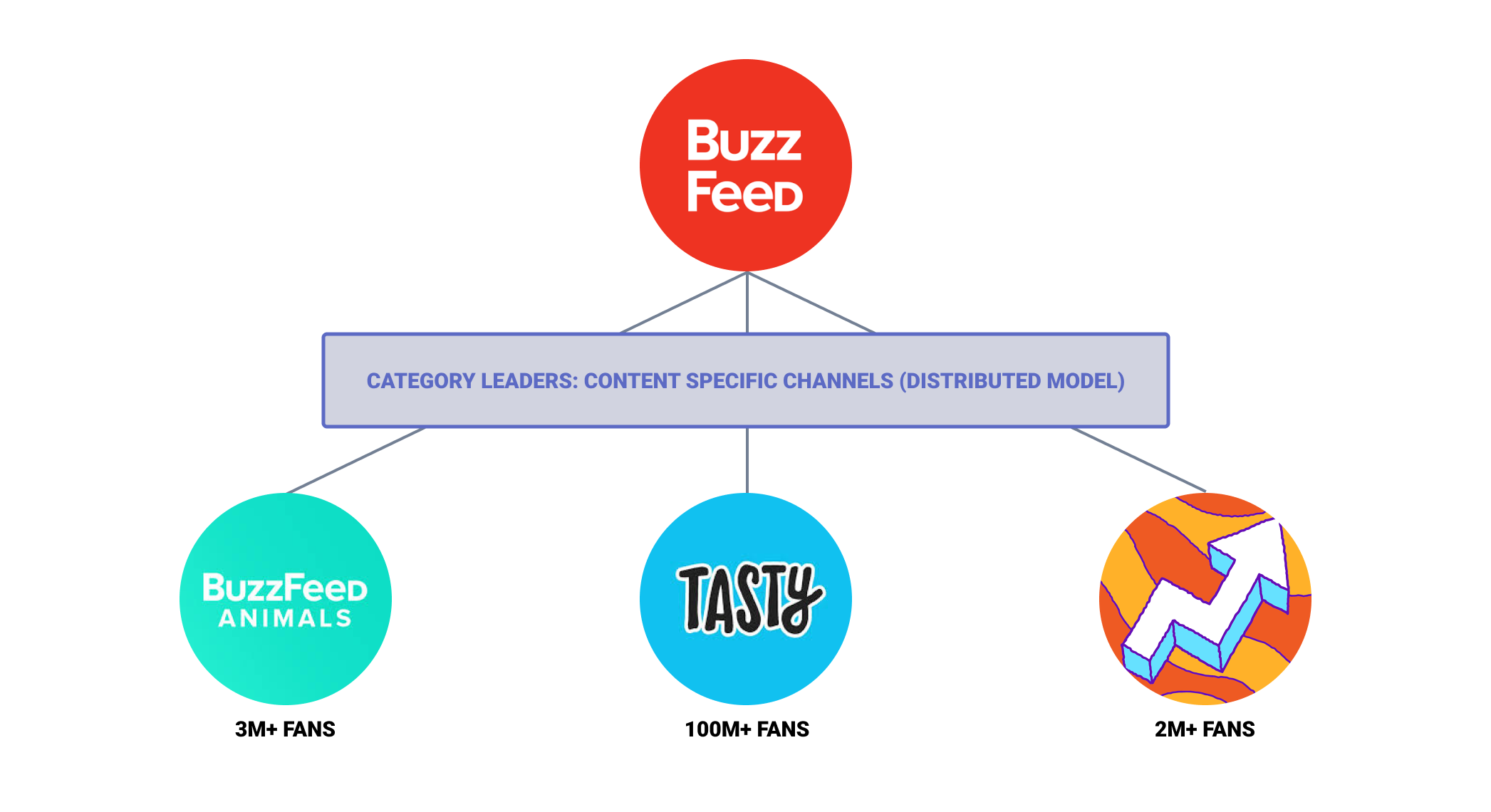
Publishing is becoming more distributed, personal & democratized, giving rise to a new class of “independent publisher”. This idea looks like this:
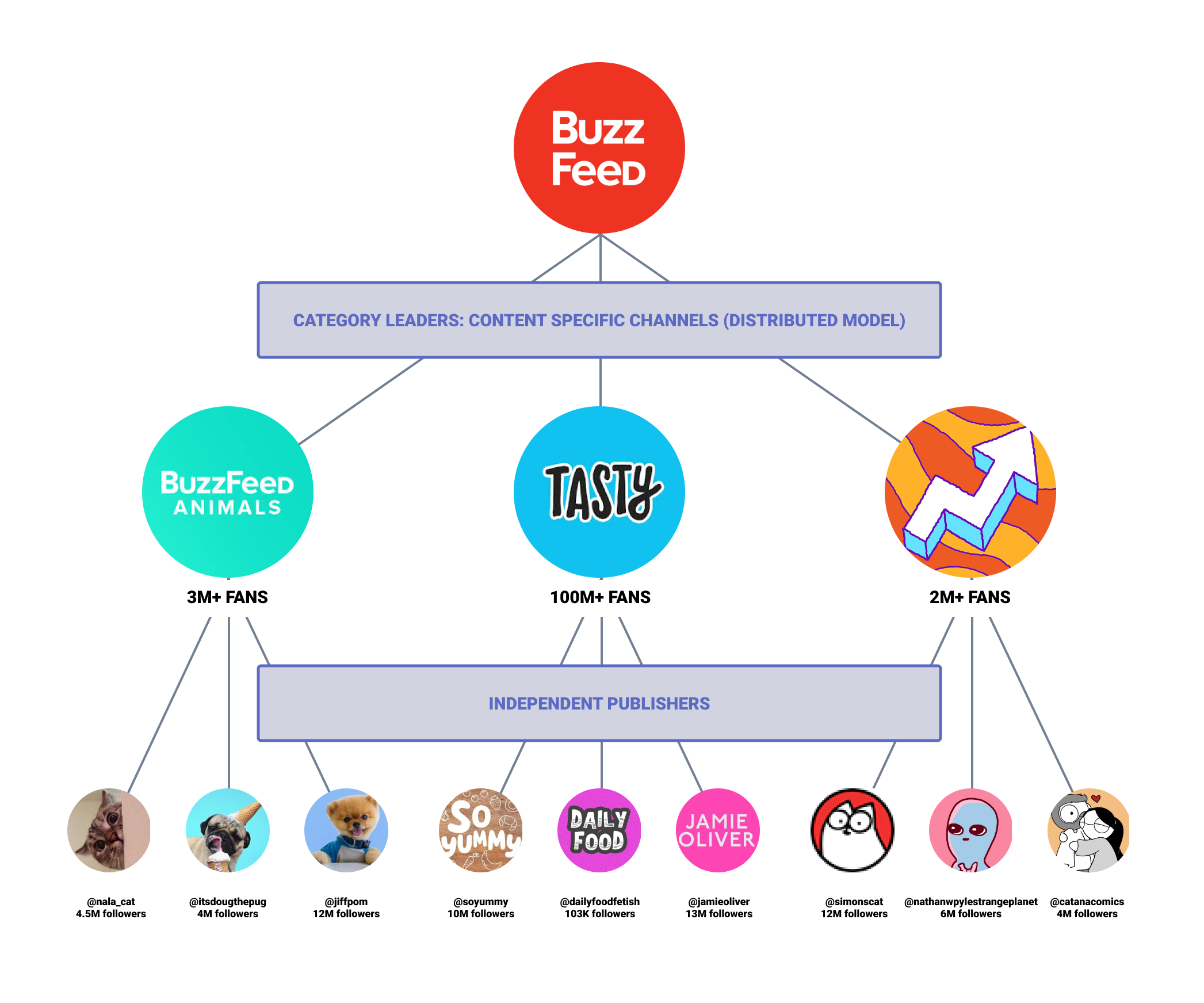
Where does this leave us? We have a massively growing number of independent publishers in a highly distributed ecosystem (social media). Like Google, we need to think of ways that they organized the web and apply it to these new publishers. We spend a lot of time thinking about this problem and it’s the main reason we started Dovetale. Google was able to create a competitive advantage by indexing the web and ranking pages better than anyone else. You can learn a lot about a site from the text, but on social media, you really need to look at image/ video content to understand what people talk about. We’re solving search by building our own PageRank and defining the social internet the best way we can.
There are a lot of stale search engine companies and influencer marketing software that try to solve search, but they are still using archaic methods and technologies that aren’t scalable. This group is going to continue to grow alongside us and so is our understanding of influencer marketing, scale, and creating relationships that are going to evolve quickly.
We’re looking for a new way to describe influencer marketing so if this article inspired you or if you have any ideas we’d love to hear them.
 Dovetale
Dovetale
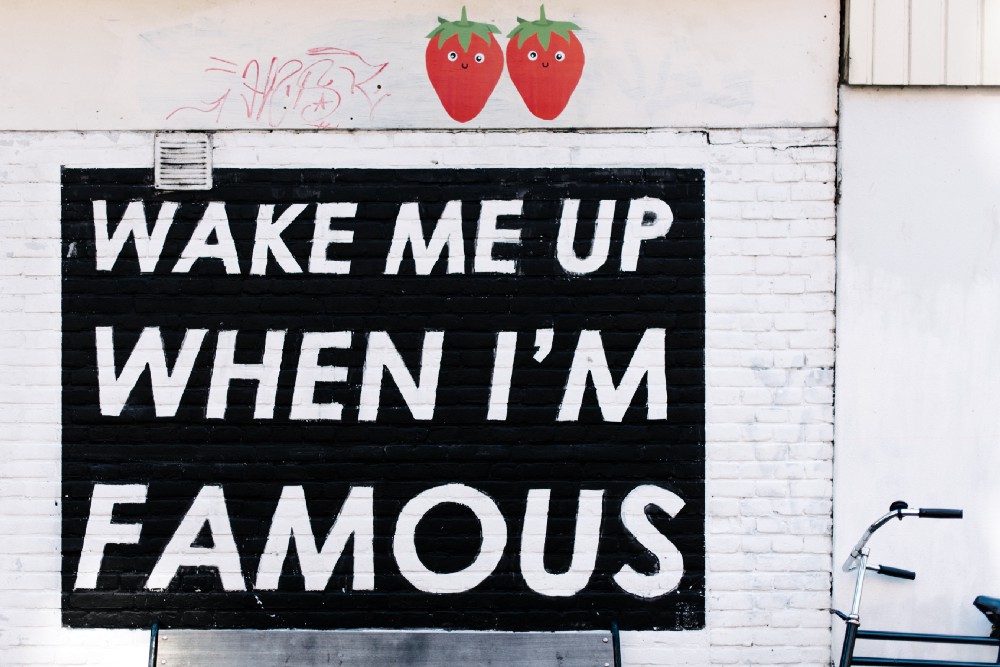
 Shopify and The Creator Economy
Shopify and The Creator Economy